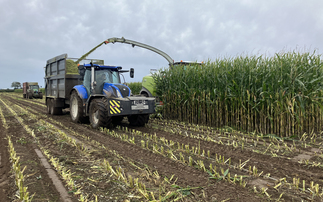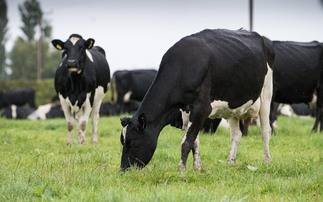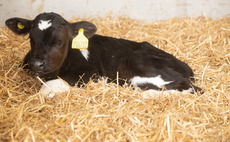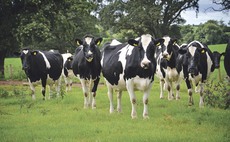
A grassroots evaluation on flock performance and disease alongside updates around what responsible medicine use should look like going forward were among discussions at the Sheep Health and Welfare Group (SHAWG) conference, held online this year. Hannah Park reports.
Grouping conditions or diseases together which occur at different points in the production cycle made it possible to put in place a package of measures which could have a greater payback than tackling individual disease alone said Nigel Miller, chair of the new Ruminant Health and Welfare group (RHWG).
Mr Miller defined these as ‘syndromes' or stressors at different times of the year.
In a poll carried out by the online conference audience, reproductive failure and neonatal lamb disease or mortality were identified as the ‘syndromes' having the biggest impact on sheep farmers' productivity.
Mr Miller said: "What happens one year will not necessarily happen the next, environmental, nutritional or disease factors will impact.
"Therefore, using national flock benchmarking alongside farm individual benchmarking makes sense.
"It gives you the opportunity to work with a vet or advisor to focus on the things that matter most to your flock.
"Change in one area is very possible and can happen quite quickly, but trying to target two or three at the same time can become difficult to manage."
A subsequent poll went on to reveal that delegates ranked thin ewe syndrome and conditions in late pregnancy as having the greatest impact on animal welfare.
Measuring the impact of welfare however is more difficult, Mr Miller said, adding that it would be good to develop common indicators to score flocks across the country.
He said: "To make progress and focus management efforts, it would be helpful to have a consensus across the industry on what the welfare strengths and challenges in our sectors are to be able to focus efforts where it is thought improvements can be made."
A further three polls asked participants about their approach to assessing flock performance.
The top three measures used to assess flock performance were highlighted as scanning percentage, ewe or lamb mortality percentage and daily liveweight gain (DLWG), while lambs sold percentage was selected as the most useful indicator of performance.
Mr Miller said that while data sharing was ‘traditionally not a tool that has been used in the sheep sector', there had been some improvements in the value sheep farms get from sharing flock performance information with a vet or flock advisor, thanks to flock health club initiatives and increasing farmer networks to share and discuss flock performance and results.
National Sheep Association chief executive Phil Stocker said it was also important to get the consumer's perspective on animal health and welfare, describing it as an area ‘we cannot afford to ignore'.
Mr Stocker said: "Good health and welfare does a lot to improve the image and perception of our industry, within the farming world and for wider society.
"We also know that health and welfare is going to be an important aspect of trade development as we finish our departure from the EU at the end of this year."
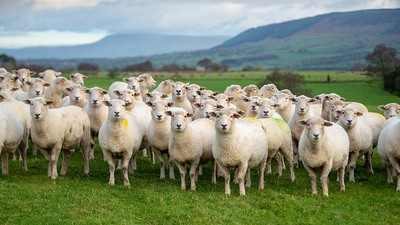
Responsible medicine use for the future
Prophylactic use of antibiotics on sheep farms is ‘no longer acceptable' if we are to preserve the effectiveness of antibiotic treatments going forward said Dr Fiona Lovatt of Flock Health.
She stressed prophylactic use could no longer take place and instead a targeted approach to antibiotic use needed to be adopted.
Dr Lovatt said: "We need to use what we have as carefully as we can, and while we are not saying we can never use antibiotics in certain ways, we are saying that routine prophylactics, for example giving every lamb a dose at lambing time, is no longer acceptable."
Independent sheep consultant Lesley Stubbings said this targeted approach reflected ‘where we are now' as an industry when it came to responsible medicine use.
Mrs Stubbings said: "We are looking firstly at risk and risk assessment, be that assessing the risk of bringing animals in or using tools to see whether or not there are problems there - for example, the sheep scab ELISA test.
"And secondly, it is about avoiding unnecessary use of medicines when risks are low. Particularly around prophylactic use of antibiotics and anthelmintics."













